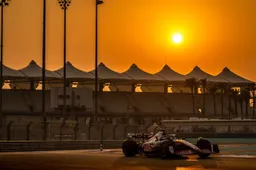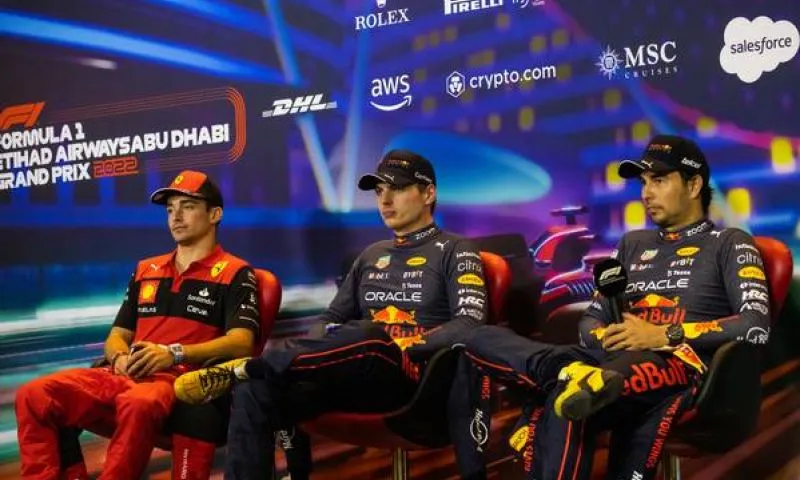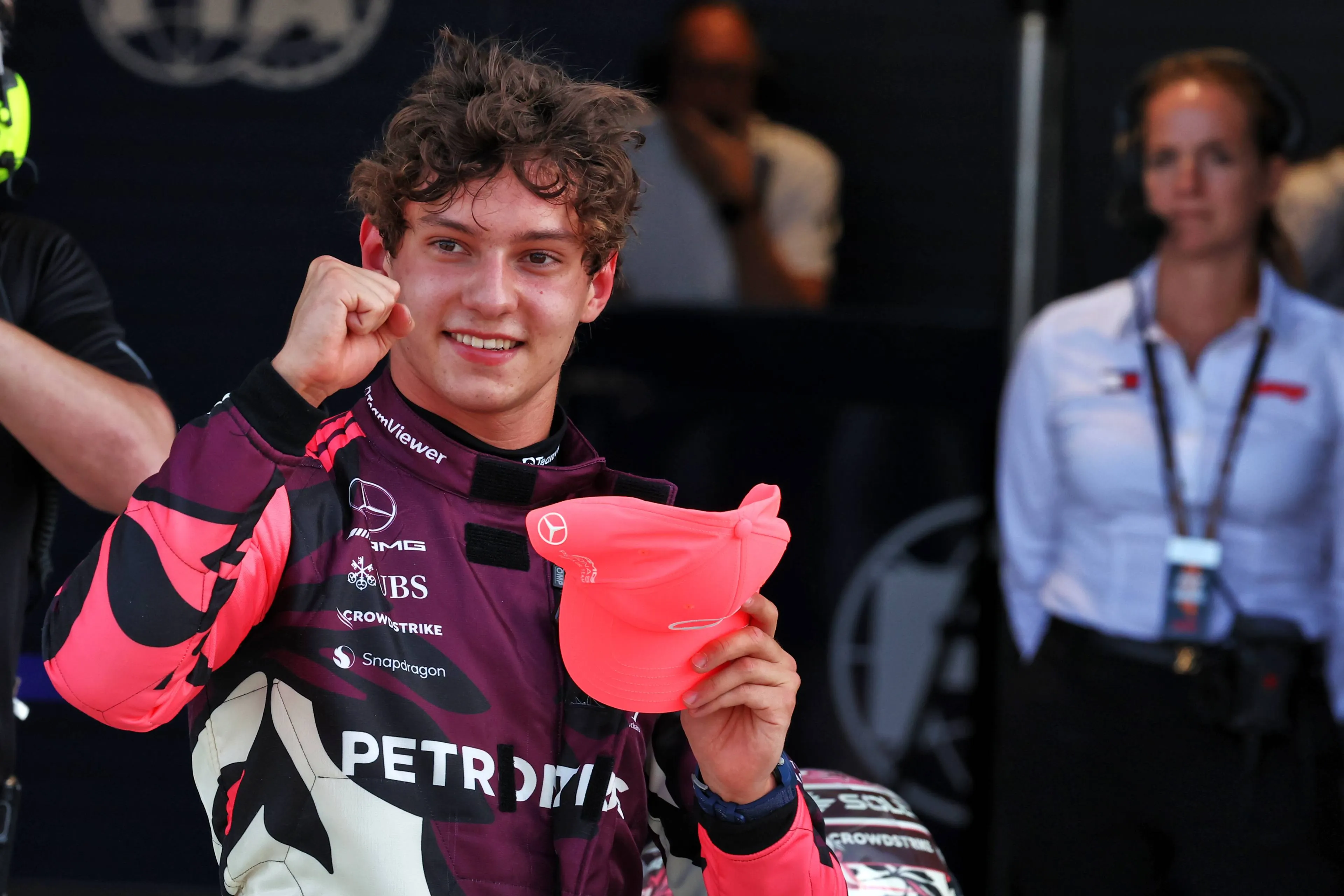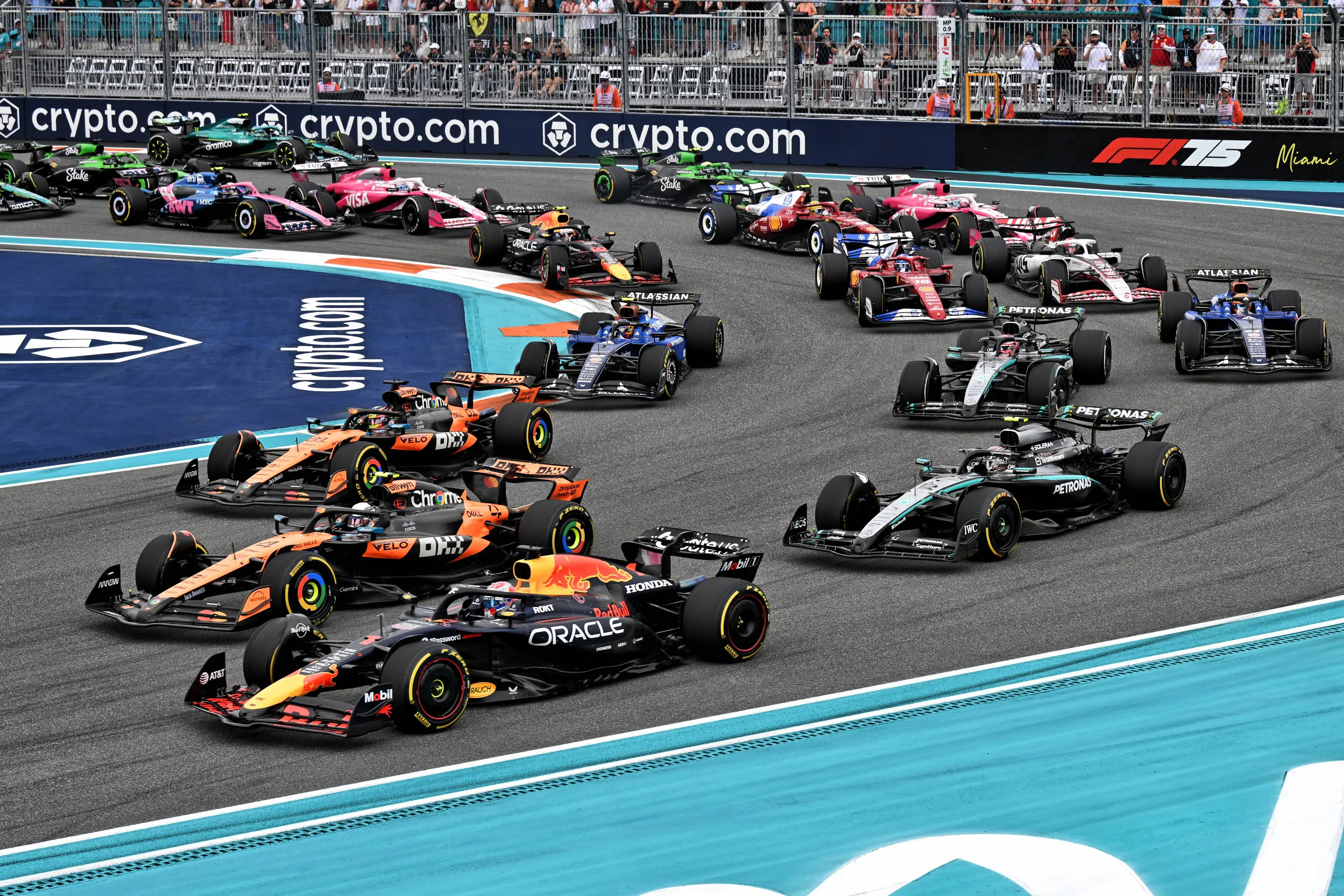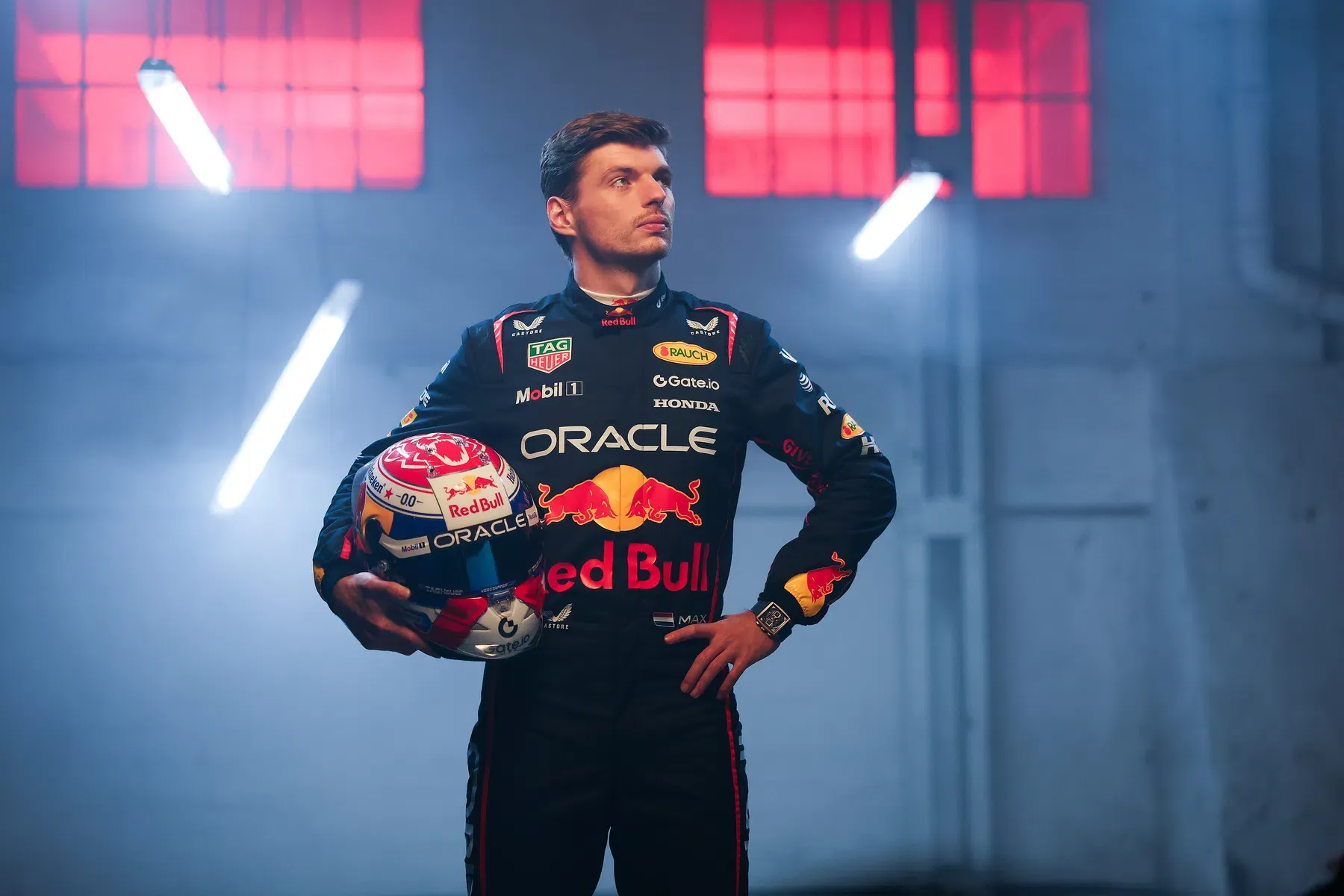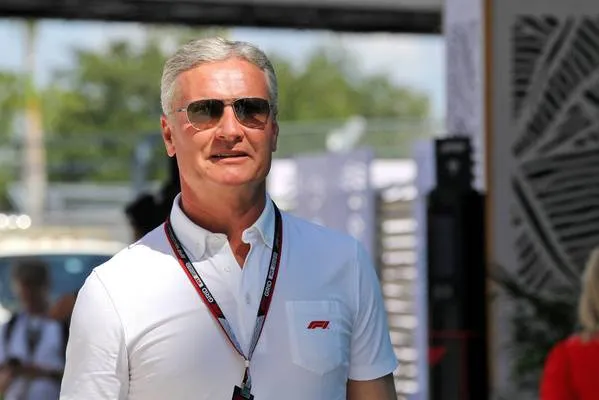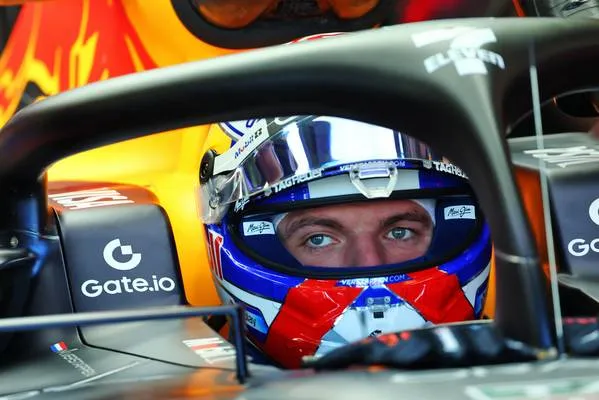When pre-season testing began on 23 February at the Sahkir Circuit in Bahrain, no one could have guessed what Aston Martin would showcase during it. Fernando Alonso finished the first day in second place. This was an impressive result for a team that finished the previous season in 7th place in the constructors' standings. Then, he scored 3rd place in the race! What made Aston Martin able to achieve such results? What changes have they made to the car?
"It's a fantastic car to drive," Fernando Alonso said over the radio in Bahrain. After successful pre-season testing, the team managed to qualify for the race in 5th (Alonso) and 8th (Stroll) place. A day later, the drivers in green overalls shocked the world by winning 3rd and 6th place! By comparison, last year they didn't even get out of Q1 and finished the race in 17th and 12th. Admittedly, Alonso was still driving for Alpine at the time, but AM, replacing Sebastian Vettel - the permanent driver of the green team - fielded the talented Nico Hulkenberg, who was already showing off his skills in the team's cars under the Racing point banner.
Obviously, we are not in a position to give you the exact details of the changes to the performance of the car, and all the changes, but GPblog will get down to the nitty-gritty of the most significant improvements.
Rear wing
The rear wing works a bit like a sail. The pressure created by the airflow on the wing surface generates a downforce that gives the car stability, at the expense of top speed, because there is a lot of drag. The air "flowing" from the rear wing creates a kind of "vortex". Last year, the rear wing was shallower, the air vortex was weaker, which is better for the competition because it allows the chaser to get closer to the chased more easily. This year, Aston's engineers have opted for a deeper rear wing. This means that where the most pressure builds up from now on will be even higher, giving even more downforce and significantly improving the car's stability and handling.
Minimum weight and ballast
This year, the Silverstone-based team managed to reduce the weight of the car. This has given them a great deal of freedom in handling the car's ballast. The ballast is located under the floor and changing its placement can have a significant impact on how the car performs on the track. This allows for a better front-to-rear weight ratio, which has a significant impact on the car's handling. In addition, changes have been made to the brake setup. The callipers are now positioned at the bottom of the wheel, allowing the centre of gravity to be lowered even further when braking, so that the car does not "dive" forward when braking.
Porpoising eliminated
Porpoising was an issue for almost all teams last year. Porpoising was a side effect of the introduction of the 'ground effect'. Venturi tubes underneath the car create a huge suction force, which creates downforce by sort of sucking the car to the tarmac. When the car gets too low, the airflow is blocked and the car rises up. This in turn opens up the airflow and the situation repeats itself.
This happens very quickly and then a bounce occurs. The AMs this year have dealt with this problem. How? The answer is paradoxically very simple. All they had to do was lift the car. In the case of the turquoise-painted team, by a whole 15 millimetres. Now, when the car lowers, it takes considerably more vacuum over a period of time to bring it closer to the tarmac, so that the car on the straights does not manage to achieve as much suction.
New cooling
This year, Aston Martin have completely changed the cooling of the air supplied by the turbocharger. Previously, they used an 'Air to air' system, where air was cooled by air. They have now replaced this with a 'Water to air' system in which water acts as the coolant. This has made it possible to achieve better cooling efficiency, as water is a much more efficient heat sink, so the engine does not heat up as much. It was also possible to significantly reduce the size of the cooling system and mount it more centrally, which in turn made it possible to reduce the size of the side panels.
Aero package
The rounded nose of the car, which is more protruding than last year's, allows for better air intake under the front end, to the underfloor intakes, to the aforementioned Venturi effect. The sides of the car now have even deeper airways, similar to those of the Ferrari. These collect a lot of "clean" air (clean air is straight flowing, dirty air is turbulent, highly compressed), generating even more downforce and directing it to the rear beam.
However, the main advantage of this concept is the ability to collect a large amount of air directed at the rear beam when turning, regardless of the angle at which the air is coming at the car. At the same time, this separates the clean air, with its linear flow, from the 'dirty' air coming from behind the car at the front, for example, with more turbulent air. Nor has the huge heatsink on the side panels returned. It has been reduced in size, allowing the air to flow around the car better, and the machine definitely looks better. We can also note that no paint or decals have been applied to the aerodynamically most important areas.
These changes were just a few of many, but they have allowed the Silverstone stable to start the season in an admirable way. Now that Lawrence Stroll has secured such outstanding engineers as Dan Fallows for the team, their championship chances only improve. This allows them to focus on making new improvements and enhancing the car's performance, rather than fixing their own design flaws as they did last year.
Read more about:
Rumors
Popular on GPBlog
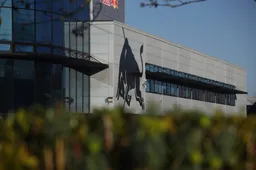
1
Ford shares important update on the status of the Red Bull Powertrains project
1659 times read
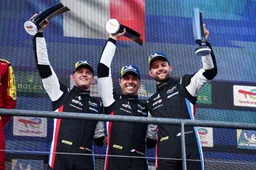
2
Mick Schumacher scores heartfelt WEC podium in Belgium 30 years after father Michael wins Grand Prix
772 times read
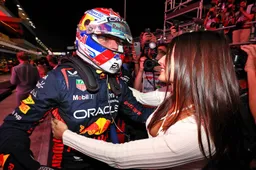
3
F1 Today | Steiner on Max's speed as dad, Ford on PU progress, Alonso on Newey's impact at Aston
530 times read
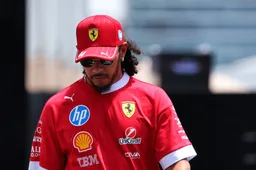
4
Can Hamilton bounce back at Ferrari? 'They both didn't see this coming'
454 times read


